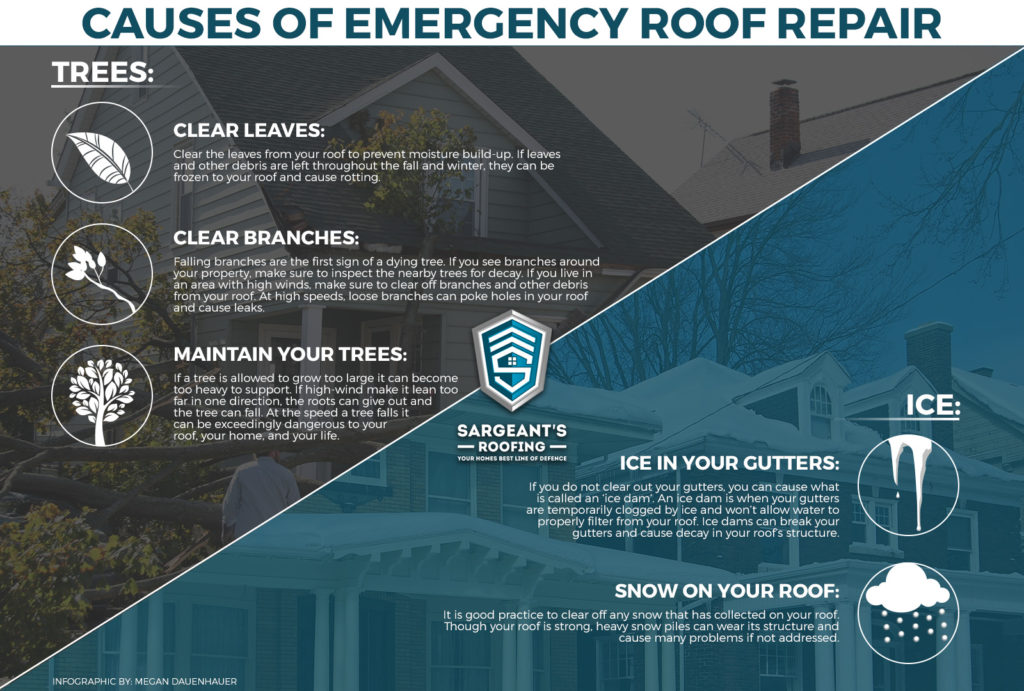Figure Out Exactly How Different Weather Condition Scenarios Can Affect Your Roofing Installation, Helping You Accomplish A Work Well Done
Figure Out Exactly How Different Weather Condition Scenarios Can Affect Your Roofing Installation, Helping You Accomplish A Work Well Done
Blog Article
Created By-Lohmann Dyhr
When it comes to roof covering setups, the weather can make or break the task. Think of the disappointment of taking care of materials that won't cooperate due to severe heat or fighting slippery surface areas brought on by unanticipated rain. Comprehending the influence of weather conditions on your roof covering job is essential for an effective outcome. So, allow's explore exactly how different weather condition elements can influence the high quality and longevity of your roof covering installation, guaranteeing a work well done.
Impact of Temperature Level on Roofing System Installation
When it comes to roofing setup, temperature level plays an essential function while doing so. The ideal temperature level for roofing projects usually drops between 45 and 85 degrees Fahrenheit. Extreme heat can trigger materials like shingles to end up being too pliable, bring about potential damage throughout installment. On the other hand, chilly temperatures can make materials weak and prone to fracturing. It is very important to schedule roof setups throughout moderate temperature levels to make certain the best end result.
Throughout cooler weather condition, contractors may require to take additional preventative measures such as making use of warmed tools or permitting products to heat up before installation.
On the other hand, heat might need job to be done previously or later in the day to stay clear of the peak temperatures. By considering the temperature and its impacts on roof covering products, you can assist make certain a successful installment that will endure the elements for many years ahead.
Effect of Precipitation on Roofing Projects
Roof tasks can be considerably impacted by rainfall, affecting both the timeline and the high quality of the installment. https://elliotvmcsi.dm-blog.com/29995265/begin-your-venture-to-safeguard-your-home-by-understanding-the-process-of-implementing-an-in-depth-roofing-evaluation-a-crucial-step-in-averting-substantial-repair-work-expenses or snow can produce slippery conditions, making it unsafe for roofing professionals to work on a damp surface area. In addition, moisture can jeopardize the adhesion of materials like shingles or underlayment, bring about possible leaks or problems in the future.
If it rainfalls throughout a roofing job, the water can leak right into prone locations, triggering hold-ups as the setup staff have to wait on the roof to dry before continuing. https://caidenlfzuo.thelateblog.com/30388281/study-changing-a-home-with-a-new-roof-prior-to-and-after-pictures-and-insights can additionally advertise the development of mold and mold, further endangering the stability of the roof.
To prevent these concerns, it's recommended to set up roof tasks during drier periods or check the weather prediction very closely to intend around any type of possible rainstorms. By taking safety measures to work in beneficial weather conditions, you can make sure a smoother and more successful roofing setup process.
Impact of Wind Speed on Setup Success
During roof setup, the rate of the wind plays a crucial function in identifying the success of the task. High wind speeds can pose significant challenges to roofers, possibly leading to safety and security dangers and quality issues. When wind rates exceed recommended restrictions, it becomes hard to deal with materials, boosting the risk of mishaps and damage to the roof covering products. Strong gusts can additionally affect the precision of measurements and the precision needed for correct setup.
To ensure a successful roof covering installation, it's essential to monitor and take into consideration wind speeds. Ideally, roof installation must occur on days with low to modest wind rates. https://www.protoolreviews.com/how-to-use-roofing-nailer/ boosts the security of the workers however likewise improves the total top quality of the installation.
Roof covering tasks set up throughout calm climate condition are more likely to be completed effectively and with fewer mistakes. By taking notice of wind speed projections and intending as necessary, you can help guarantee a smooth and successful roof installation process.
Verdict
So, when it pertains to roof installment, keep in mind to think about the weather to guarantee a successful job. Optimum temperatures, completely dry problems, and modest wind speeds are crucial aspects to focus on for a smooth setup process. By arranging your task during the best periods and suitable weather, you can attain a resilient and lasting roof that will certainly secure your home for several years ahead.
